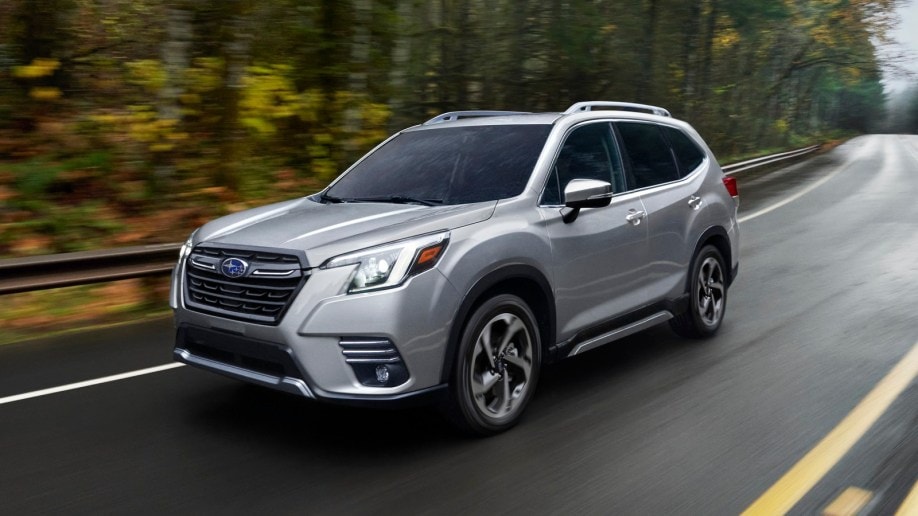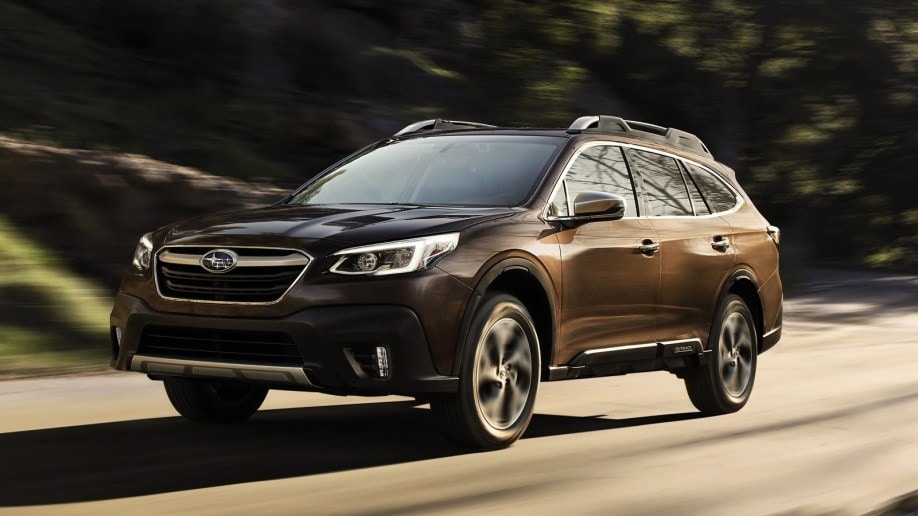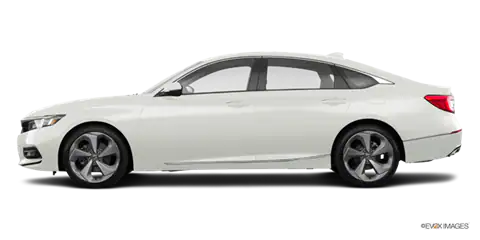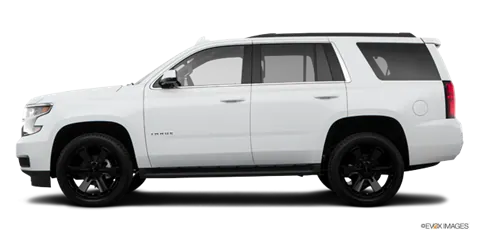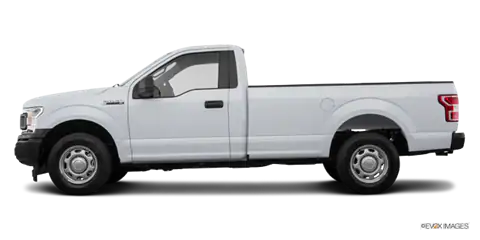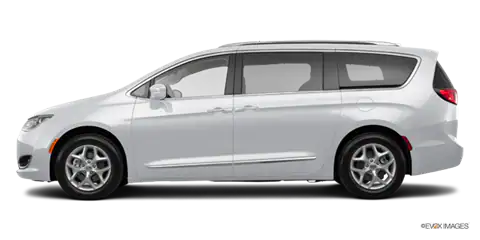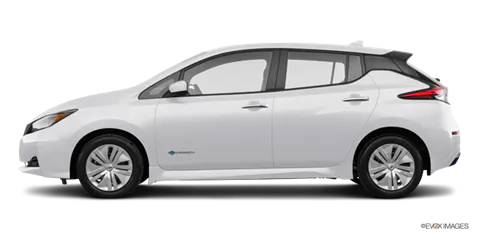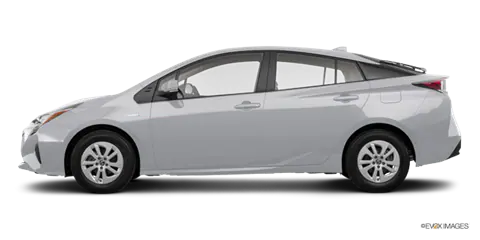The 2022 Subaru Forester and the 2022 Subaru Outback are a pair of 2-row SUVs in the middle of the brand’s lineup. Here’s how they compare.
2022 Subaru Forester
2022 Subaru Forester Starting Price: $25,195 | Price yours or View listings near you
Above Average: Reassuring safety scores; spacious for the class; lots of standard equipment.
Below Average: No hybrid offered; CVT transmission; 1,500-pound tow rating is unremarkable.
Consensus: The 2022 Subaru Forester gets a slightly refreshed look and a new Wilderness off-road-oriented trim. We’ve given our 5-Year Cost to Own award for compact SUVs to the Subaru Forester five years in a row, the most recent being 2021.
2022 Subaru Outback
2022 Subaru Outback Starting Price: $28,070 | Price yours or View listings near you
Above Average: Practicality; strong resale; solid safety features; optional turbo power.
Below Average: Clunky start-stop; more wagon than SUV.
Consensus: The 2022 Subaru Outback is one of those not-quite-an-SUV, not-quite-a-wagon vehicles that is one of Subaru’s best sellers. This year it comes in the new Outback Wilderness, which offers more off-road ability and added ground clearance of 9.5 inches.
Forester vs. Outback: Different Takes on SUVs
Subaru Forester
The 2022 Subaru Forester isn’t just any compact SUV — it’s an award winner. In a vibrant, popular, and hotly contested class that includes the excellent Honda CR-V and Toyota RAV4, the Subaru Forester is a multiple recipient of the Kelley Blue Book 5-Year Cost to Own title.
A restyled front end with new headlights and a new front bumper differentiates the 2022 Forester from last year’s model. Not that it really matters — the Forester is already a hot-selling Subaru, appealing to a certain section of automotive buyers who are willing to ignore aesthetic shortcomings and concentrate instead on the vehicle’s many positive and tangible traits.
The new Forester Wilderness variant debuts this year with slightly more ground clearance compared with a regular Forester: 9.2 inches to 8.7. It also wears all-terrain tires to better cope with any off-road adventures its owners will embark upon.
Automatic Emergency Steering is a new driver assistance feature this year. Working at speeds up to 50 mph, it helps with evasive steering maneuvers. The system is optional in Premium trim and standard above.
One of our favorite features of the Forester is the large cargo opening. This is an aspect that’s easily overlooked until there’s a big item to stow in the cargo area. Golf bags don’t need tilting to slide in sideways. This aperture, 51.3 inches wide, has a 6-inch advantage over the nearest rival.
Higher trims bring the usual nicer appointments, with the Wilderness receiving its own set of dedicated features. Among these are a dedicated transmission and all-wheel-drive system, driving modes for deep mud and deep snow, automatic low gradient control, 17-inch alloy wheels wearing Yokohama Geolander all-terrain tires, and a 180-degree front-view monitor.
Subaru Outback
The Subaru Outback is kind of a compact SUV and kind of a station wagon with off-road bits. It’s one of Subaru’s most popular vehicles. That’s because it comes as standard with tons of safety equipment, but also offers some light off-road capability and in standard form comes with 8.7 inches of ground clearance.
With the new Outback Wilderness, that ground clearance increases to 9.5 inches. The Wilderness version of the Outback gets a dedicated all-wheel-drive system and suspension setup, plus all-terrain tires, and under-body protection.
Very few genre-straddling vehicles are out there, and the Outback is one of them. Lots of practicality is offered in the Outback, too. For one, it’s bigger than the Forester and offers more cargo space. Visibility is really good as the front A-pillars are small and easy to see around, though the longer front hood does mean it’s a little hard to judge where the end is.
With the XT trim, you get a turbocharged 2.4-liter engine that makes 260 horsepower. This is definitely a bonus in mountainous areas where the engine power can drop as altitude increases.
Base models come with steering-responsive LED headlights with automatic high beams, rear-seat reminder, EyeSight driver aids, paddle shifters, cloth upholstery, satellite radio, two USB ports, and Apple CarPlay/Android Auto smartphone integration. The Premium trim adds a leather-wrapped steering wheel, dual-zone automatic climate control, heated front seats, 10-way power-adjustable driver’s seat, 11.6-inch infotainment touchscreen, and an extra pair of USB ports.
Similarities
Standard all-wheel drive and standard safety, plus more off-road-oriented Wilderness options; NHTSA 5-star safety ratings.
Subaru Forester Advantages
Smaller turning radius; more SUV-like styling.
Subaru Outback Advantages
More cargo space; more rear-seat space; optional turbo engine.
Which One Is Right for Me?
The 2022 Subaru Forester is more of a traditional compact SUV that starts at a lower price point. It still offers plenty of off-road capability, especially in Wilderness trim.
If you’re looking for something that’s less SUV-like, the 2022 Subaru Outback offers a look similar to a raised station wagon. It also offers more power with an optional turbo engine.
Ready to buy a Subaru Outback or Subaru Forester? Shop for one on sale now near you
| 2022 Subaru Outback | 2022 Subaru Forester | |
| Popular Powertrains | ||
| Engine | 2.5-liter flat-4 | 2.5-liter flat-4 |
| Horsepower | 182 hp @ 5,800 rpm | 182 hp @ 5,800 rpm |
| Torque | 176 lb-ft @ 4,400 rpm | 176 lb-ft @ 4,400 rpm |
| Transmission | CVT | CVT |
| Fuel Economy | 29 mpg (26 city/33 hwy) | 29 mpg (26 city/33 hwy) |
| Also Available | 2.4-liter turbo I4 | n/a |
| Specs | ||
| Warranty | 3 years/36,000 miles | |
| Powertrain warranty | 5 years/60,000 miles | |
| NHTSA Overall Safety | 5 stars | 5 stars |
| Max Seating Capacity | 5 | 5 |
| Wheelbase | 108.1 inches | 105.1 inches |
| Overall Length | 191.3 inches | 182.7 inches |
| Width | 73.0 inches | 71.5 inches |
| Height | 66.1 inches | 68.1 inches |
| Turning Diameter | 36.1 feet | 35.4 feet |
| Headroom, Front | 40.1 inches | 41.2 inches |
| Headroom, 2nd row | 39.1 inches | 39.6 inches |
| Legroom, Front | 42.8 inches | 43.3 inches |
| Legroom, 2nd row | 39.5 inches | 39.4 inches |
| Shoulder Room, Front | 58.1 inches | 58.1 inches |
| Shoulder Room, 2nd row | 57.4 inches | 57.2 inches |
| EPA Passenger Volume | 109.0 cubic feet | 111.9 cubic feet |
| EPA Cargo Volume | 75.7 cubic feet | 74.2 cubic feet |
